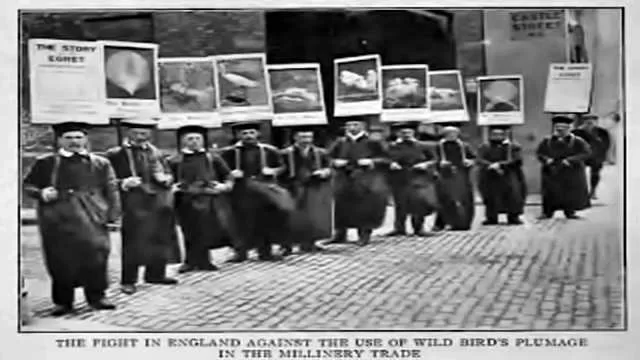In the late Victorian era, a peculiar fashion trend emerged among society’s elite: extravagant hats adorned with exotic feathers. While it may seem harmless to don a few decorative plumes, this trend was part of a much larger and devastating industry known as the Plume Trade.
This trade was not merely a niche market for ornithologists and museums; it was a booming business that led to the slaughter of hundreds of thousands of birds, driven by the insatiable demand for unique and colorful feathers.
Rise of the Plume Trade
The Plume Trade began to flourish in the late 19th century, with native bird species being the first victims. Grebe feathers, prized for their beauty, were among the most sought after. However, as the appetite for more exotic and vibrant feathers grew, traders began to import foreign species in alarming numbers. The consequences were dire, leading to significant declines in bird populations and raising concerns among early conservationists.
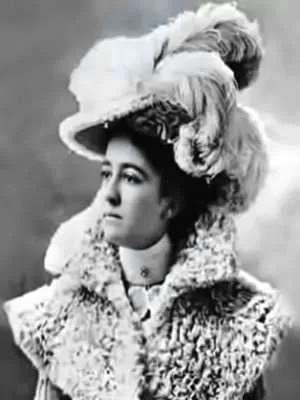
One of the earliest voices of opposition came from the British Ornithologists’ Union (BOU), founded in 1858 by notable figures such as Alfred Newton. Newton, a prominent ornithologist and professor at Cambridge University, was instrumental in advocating for wildlife protection. His efforts included the establishment of laws prohibiting the hunting of certain species during their breeding seasons, a significant step toward conservation.
Role of the RSPB
In 1889, Emily Williamson took a stand against the Plume Trade by founding The Plumage League in Didsbury, Manchester. This charity aimed to raise awareness about the cruelty of using feathers and fur for fashion. The Plumage League later merged with the Fur and Feather League of Croydon in 1891, forming the Society for the Protection of Birds (RSPB). This organization quickly gained traction, attracting support from influential figures, including Queen Alexandra and the Duchess of Portland, who became the first president of the RSPB.
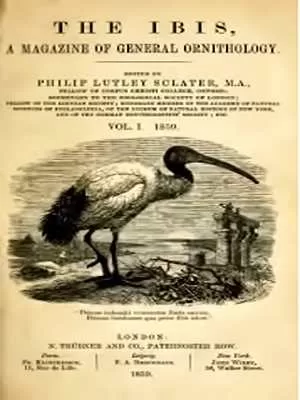
The RSPB’s mission was clear: to discourage the wanton destruction of birds and promote their protection. Their rules were straightforward, emphasizing that members should refrain from wearing feathers from birds not killed for food, with the exception of ostriches, which could be farmed sustainably. The RSPB published pamphlets and a quarterly magazine, The Ibis, to expose the harsh realities of the Plume Trade, detailing the shocking statistics and injustices perpetrated by traders.
Fight Against the Plume Trade
As the RSPB campaigned against the Plume Trade, they faced significant challenges. The trade was deeply entrenched in society, with many women of influence advocating for the use of feathers in fashion. However, the RSPB’s efforts began to bear fruit. In 1903, they launched Bird Notes and News, further spreading awareness about the plight of birds. Reports highlighted the alarming sales of exotic feathers, including Birds-of-Paradise and Osprey feathers, which were being sold in large quantities in London.
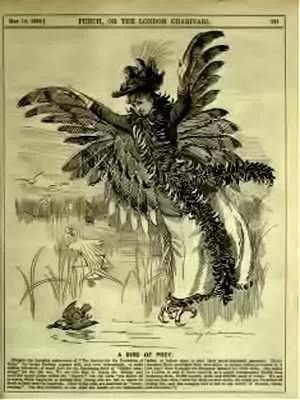
The campaign against the Plume Trade gained momentum, leading to the introduction of the Importation of Plumage (Prohibition) Bill in Parliament in 1908. After years of advocacy, the bill was finally passed in 1921, coming into effect on April 1, 1922. This legislation marked a significant victory for conservationists and a turning point in the fight against the exploitation of birds for fashion.
The American Perspective
Across the Atlantic, a parallel campaign was underway in the United States, led by the Audubon Society, founded by George Bird Grinnell. The American Ornithologists’ Union estimated that over five million birds were being killed annually to satisfy the demands of ladies’ fashion. By the 1920s, numerous states had enacted laws prohibiting the sale of plumes, reflecting a growing awareness of the need for wildlife protection.
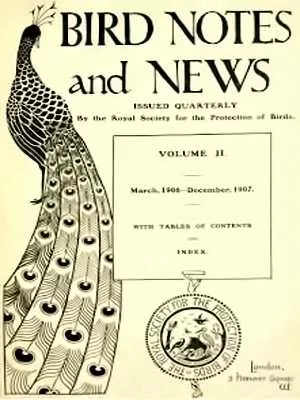
One notable figure in this movement was Guy Bradley, a former plume hunter turned game warden. After witnessing the devastation caused by the Plume Trade, Bradley dedicated his life to protecting birds. Tragically, his commitment to conservation cost him his life when he confronted poachers hunting egrets in Florida. His murder sparked national outrage and highlighted the dangers faced by those advocating for wildlife protection.
The Legacy of the Plume Trade
The Plume Trade serves as a stark reminder of the consequences of fashion trends on wildlife. The campaign against this trade not only led to significant legislative changes but also laid the groundwork for modern conservation efforts. Organizations like the RSPB continue to advocate for the protection of birds and their habitats, ensuring that the lessons learned from the Plume Trade are not forgotten.
Today, the legacy of the Plume Trade is evident in the ongoing efforts to protect endangered species and promote sustainable fashion practices. As consumers become more aware of the impact of their choices, the fashion industry is gradually shifting towards more ethical practices, prioritizing the welfare of animals and the environment.
Conclusion
The story of the Plume Trade is a powerful testament to the impact of societal trends on wildlife. It highlights the importance of advocacy and the role of organizations like the RSPB in protecting our natural world. As we reflect on this dark chapter in history, it is crucial to remain vigilant in our efforts to safeguard the future of birds and other wildlife, ensuring that fashion never again comes at such a devastating cost.
By understanding the past, we can work towards a more sustainable and compassionate future for all living beings.

